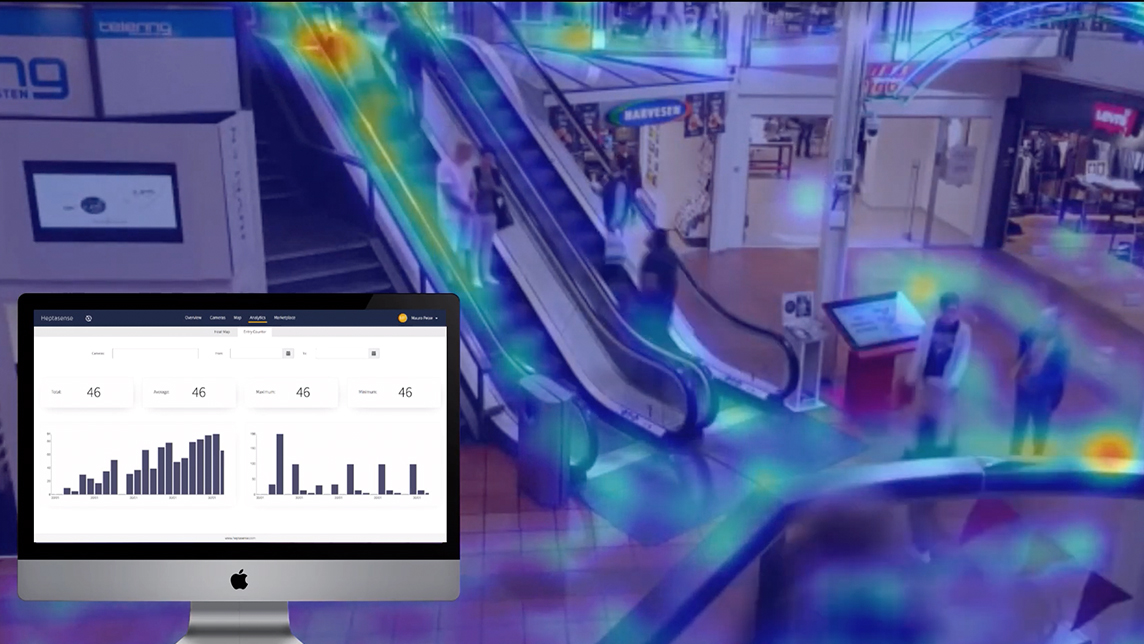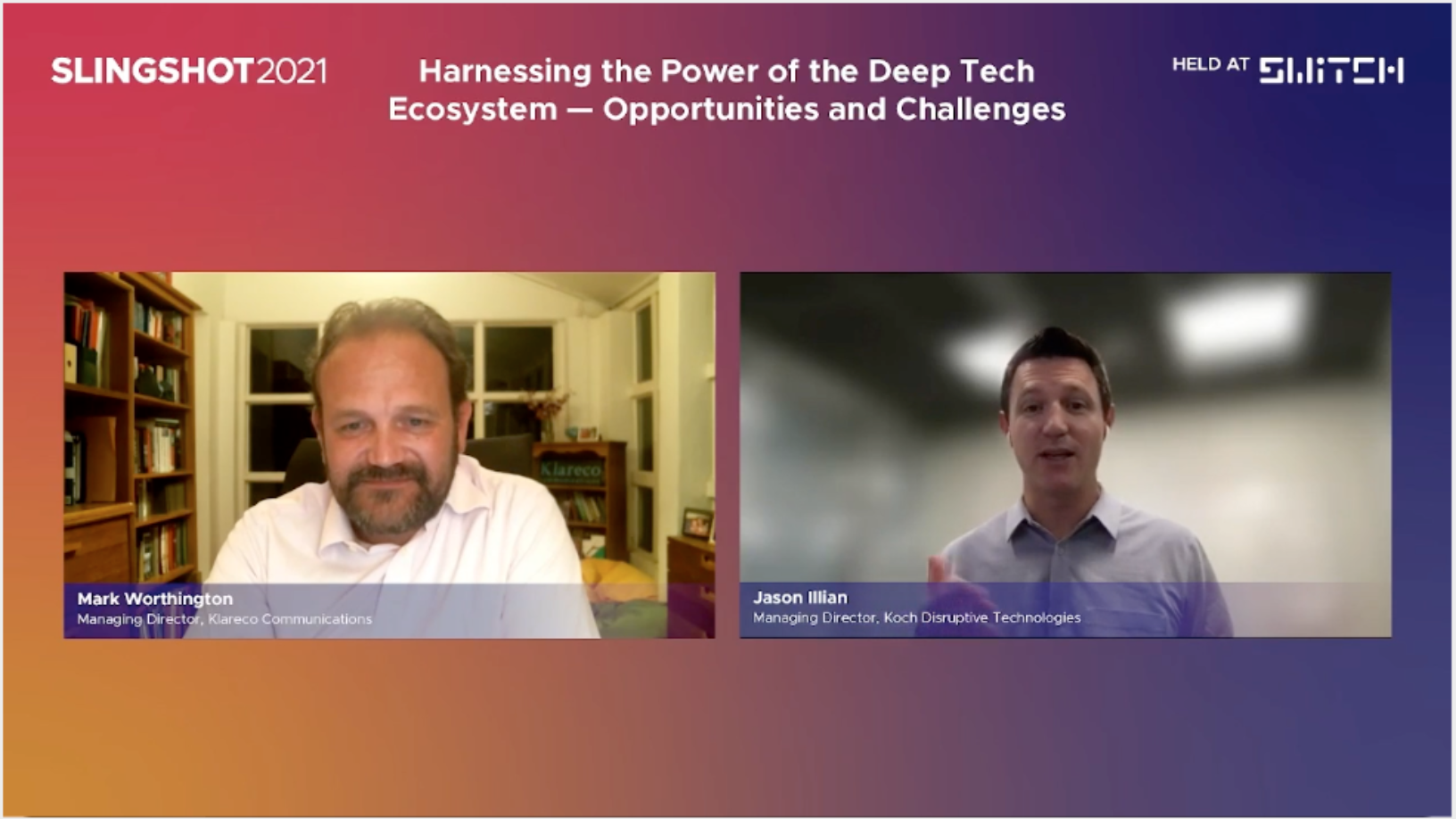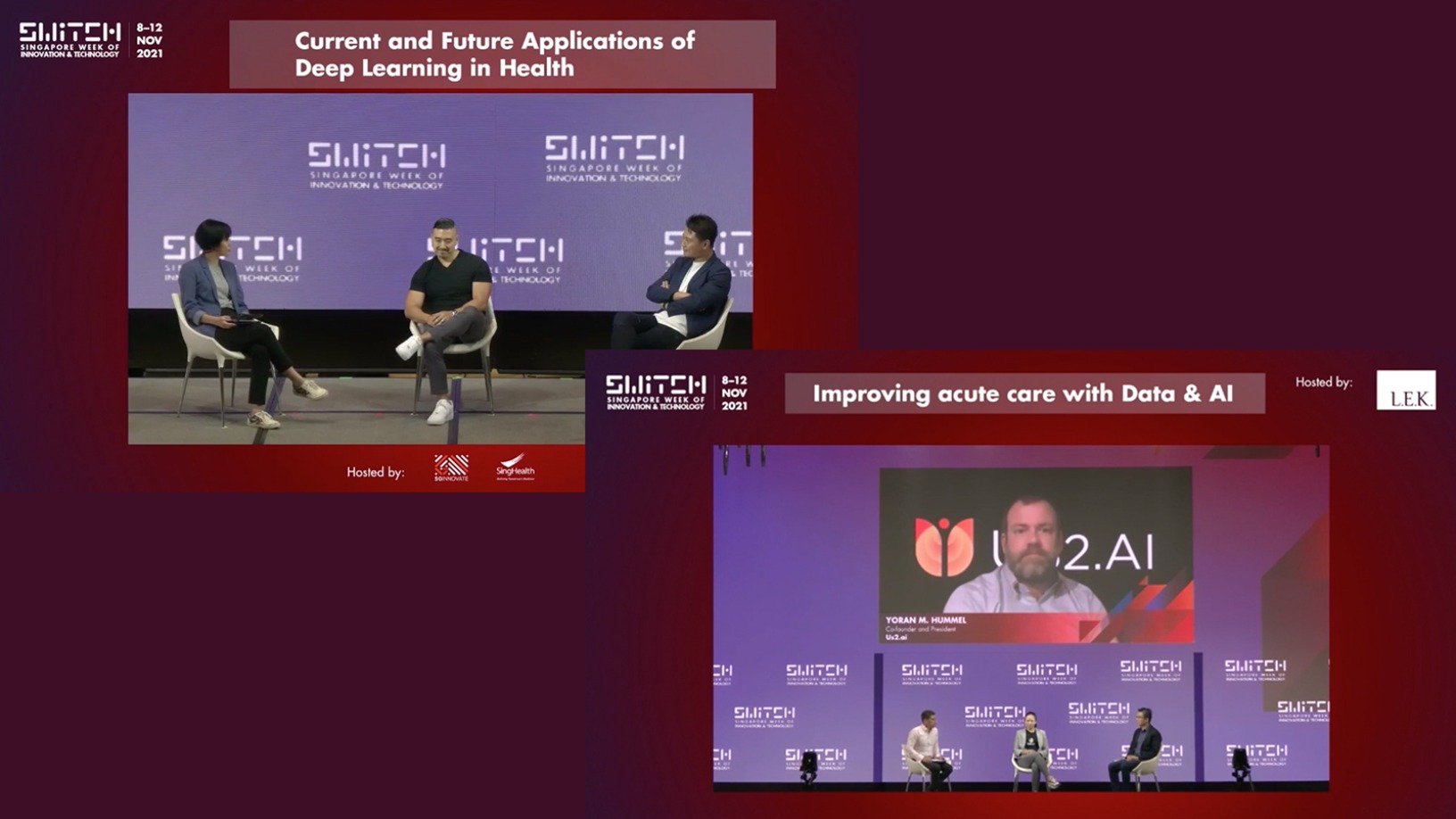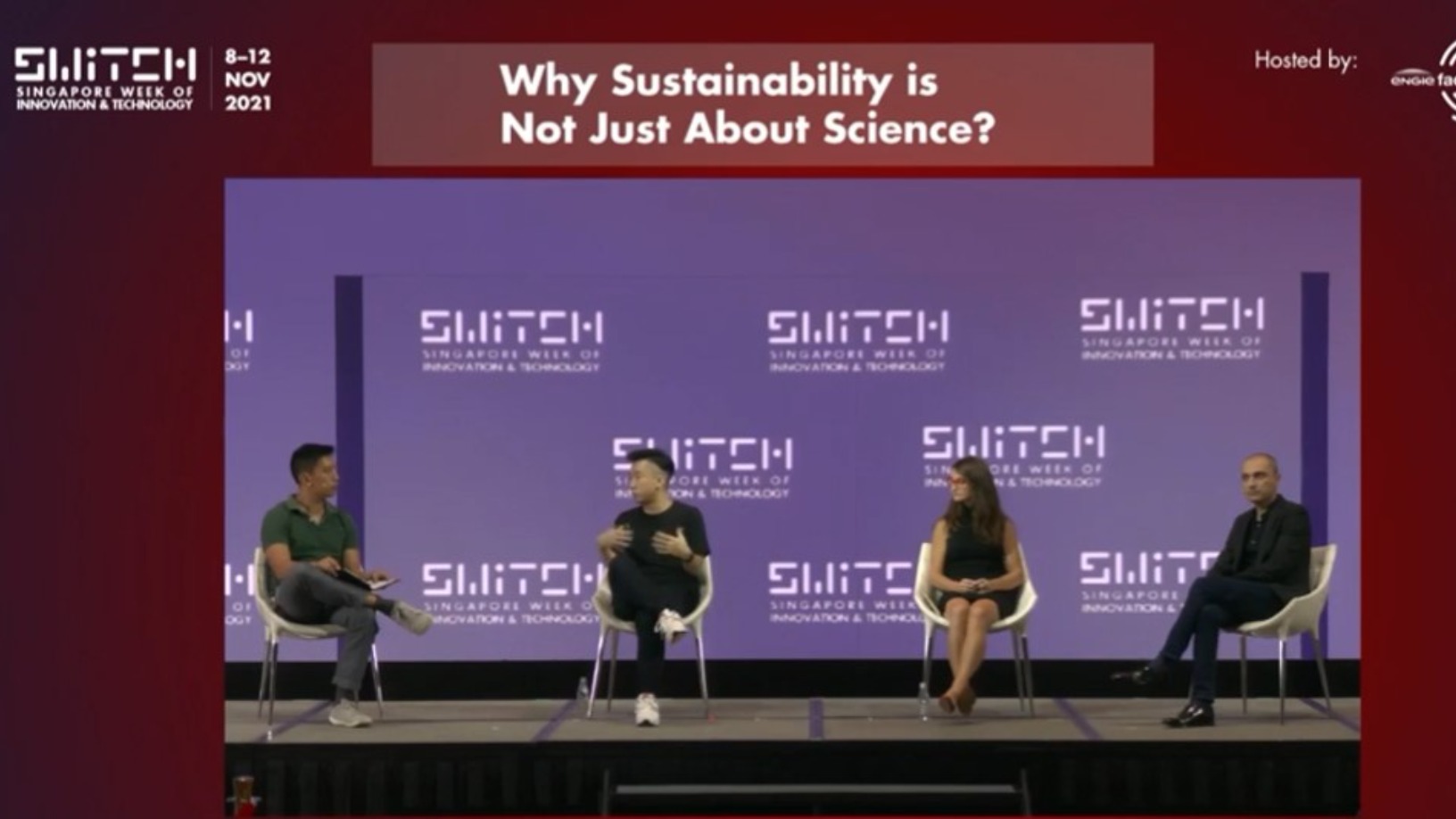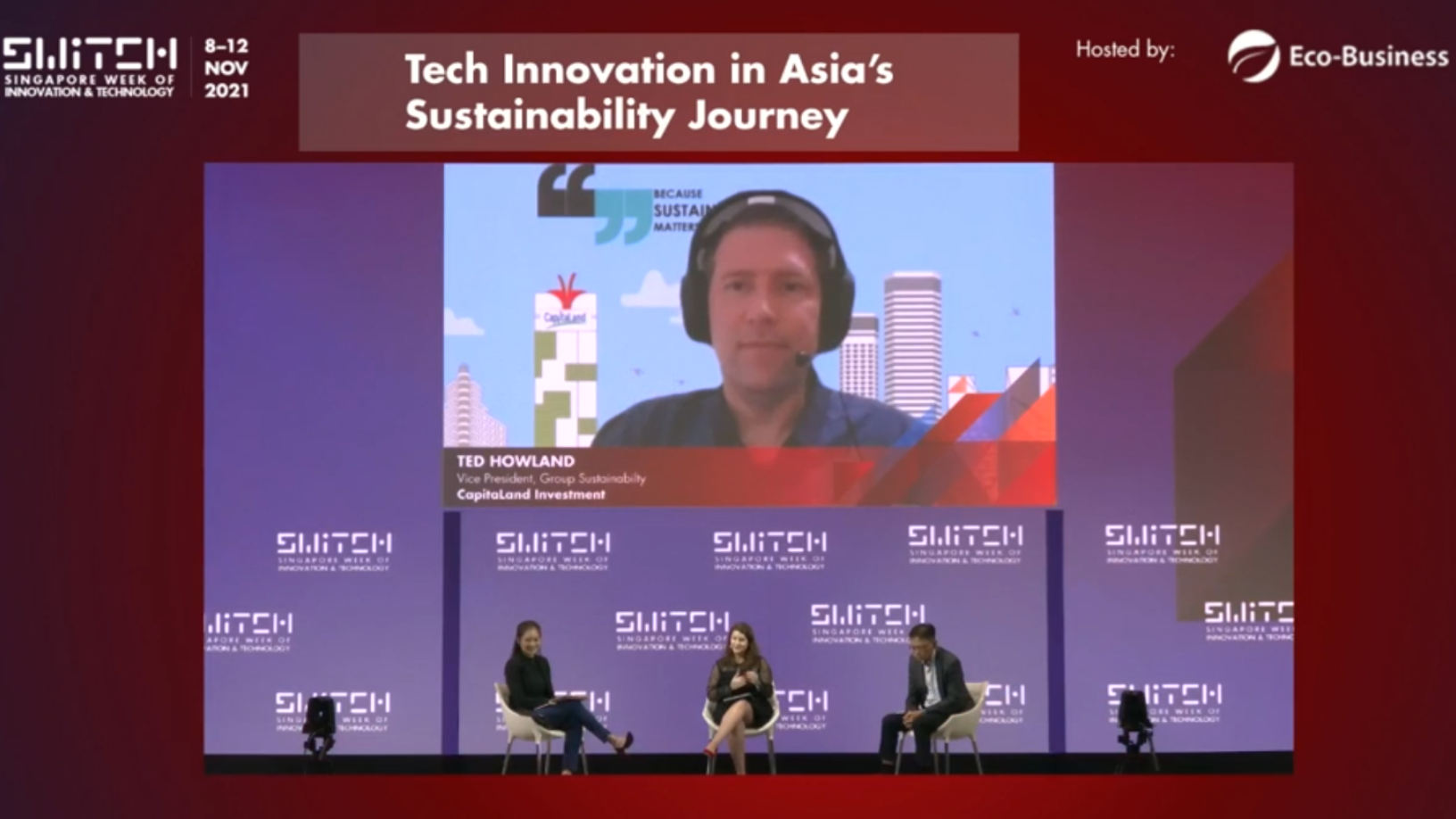For Heptasense, preventive security lies at the heart of its business, and current conditions present a perfect storm for its offer. Though surveillance camera installation is growing exponentially across the globe – in China alone, for example, the number of surveillance cameras is predicted to increase from 176 million in 2017 to 626 million by 2020 – the sector remains surprisingly inefficient and ripe for human rights abuse, according to the startup.
Not only are just 2% of the planet's current 700 million surveillance cameras being monitored at any one time, but a shocking 95% of security incidents or crimes picked up by functioning cameras are missed in real time, Heptasense says. This is due to the surveillance ecosystem in its entirety until now being 100% monitored by humans, who are prone to losing concentration in a role as potentially monotonous as overseeing security cameras, in as little as 20 minutes.
Hence Heptasense's development of unique technology that can even detect minute changes in movement, right down to suspicious behavior and tics, serves in the preemptive identification of potential terrorist threats in high-risk areas such as airports and hotels. Available as a software as a service (SaaS), Heptasense uses artificial intelligence and movement- and heat-recognition capabilities, and, most importantly in tackling the issue of unmanned cameras or lax vigilance, sends alerts in real time to control centers when it identifies potential security threats.
“Our objective is to change the paradigm whereby surveillance cameras were either not being monitored in real-time or were being used in the wrong way,” the company's CEO and co-founder Ricardo Santos tells CompassList. “People are now trusting cameras again and will know that there are no privacy concerns in that surveillance.”
The 2016 brainchild of mavericks Santos and Mauro Peixe, Heptasense is much more than a terrorism-prevention tool and now provides solutions for industries ranging from banking to aeronautics. It employs real-time 3D tracking to obtain information on crowd metrics and psychology in dense environments like shopping centers and sporting events. The goal, according to Santos, is to use motion analysis and gesture recognition to “humanize all cameras” – but with minimal need for calibrations and long-term training.
No to VCs
Next year, Heptasense is seeking investment “in the single digit of millions” in order to scale up operations.
Peixe and Santos, not even out of their mid-20s, have bootstrapped their startup so far, citing flexibility, autonomy and, above all, the integrity of their business model. “[The investors] just weren’t on the same page when it came to the vision we had for the company,” said Santos. “In order to get the investment, we would have to follow the exact footsteps of all the other companies and we were doing something different. Because we chose not to have any investment yet, we could explore different paths.”
Their hard-won freedom came to fruition with the development of three major products including Heptasense Crowd, which, from early 2018, became the company's sole focus and re-named Heptasense, to reflect that fact.
Heptasense’s high-risk strategy of eschewing investors and instead relying on customer contracts for cash flow has already paid off, with high-profile customers subscribing to the SaaS service, though, perhaps surprisingly, so far, security is not the main motive for Heptasense's take-up by corporations. It has, in fact, become a prized productivity tool for monitoring factory shop floors, enabling managers to view the entire manufacturing process in one application simultaneously. It also uses heat-mapping technology to allow for more accurate counting of crowd numbers in varied situations.
Currently, Heptasense's SaaS is connected to surveillance cameras at Mercedes’s Spanish manufacturing plants to assess workers’ behavior and response times in order to boost efficiency. Other major companies already using its technology include Vodafone, Bayer, retailer Media Markt and Portuguese highways operator Brisa.
This year, the company has been integrating Agile IoT Gateway, an adaptive and modular hardware and software gateway for IoT with support for protocol interoperability, device and data management, IoT apps execution, and external cloud communication, into its technology, after selection in a contest. The most obvious benefit is the integration of Agile’s device and data management tools, enabling the integration of new sensors, as well as possible additional improvements in data protection. Heptasense's technology won Best Technology at 2018's IoT Solutions World Congress.
Ethics trumps success
The company has also developed two other vaunted products, one of which may still literally hit the roads in a little more than three years. Heptasense Gesture, originally called Wave, combines motion sensors already built into smartphones and tablets with “muscular data,” taking into account precise movement in different parts of the body. With this technology, users could send emails, browse music playlists and make digital drawings without ever having to touch their devices.
It’s a vision ambitious beyond doubt. “Heptasense's technology will be on millions of devices, from my smartwatch to the laptop,” Santos said at the time.
The technology was noticed by BMW who began a partnership with Heptasense in 2017 to develop a touchless user interface allowing drivers to customize the controls of a car via gestures using its in-car cameras. The technology was prepared for launch of the new vehicle in 2022, but, until at least that date, the company has, perhaps surprisingly again, decided to park its promising technology.
“We wanted to do something more meaningful to us, not just focusing on the individual, but instead excel in the area of security and so we chose to focus on that 100% for now,” Santos tells CompassList.
The other product the startup developed was Heptasense Face, an emotion-recognition software designed to gauge customer behavior and responses on a shop floor. However, Santos decided to scrap the product at the beginning of 2018 because of ethical concerns over possible malign use.
“We were not comfortable with the application's possible use by repressive regimes for facial recognition and the privacy of people who may not be criminals being violated in certain parts of the world, for example where they score their behavior, and monitor social media, so we stopped the product,” Santos says.
Garnering trust in the current Heptasense application was essential for its success, and, to enable that, people had to see it as only being of benign use in surveillance, Santos says, thus spelling the end for the Face product.
For now, the startup might remain a team of just seven, but exponential growth looks imminent. Now that Heptasense has been able to develop in exactly the way it has wanted to, it will finally seek domestic or overseas investment from 2019.
With a strong client base already after only bootstrapping the business, and a product catering to current global needs, a comparatively small investment may be all that is needed for Heptasense to become a global name in surveillance.
